habbits Posts on Crowch
The summer of 2025 witnessed one of the most significant moments in competitive gaming — the Esports World Cup (EWC) 2025 in Riyadh. With a record-breaking prize pool of over 70 million dollars, the event set a new benchmark for professionalism and global recognition in esports.
🌍 Scale and Reach
From July 8 to August 24, more than 2,000 players and 200 teams competed across 25 game titles. The event featured a club championship, individual tournaments, qualifiers, and MVP awards. Its unprecedented scale positioned EWC as a cornerstone of the global sporting calendar.
⚡ New Disciplines and Innovation
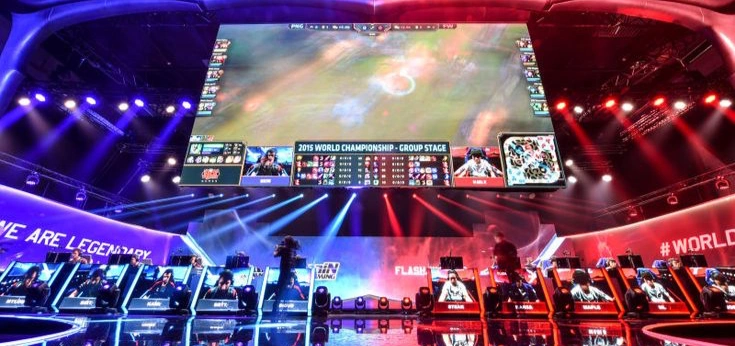
For the first time, games such as Chess, CrossFire, Fatal Fury, and Valorant were added to the program. Alongside classics like Dota 2, League of Legends, and PUBG Mobile, the tournament attracted a massive worldwide audience. Esports in 2025 proved it could bridge traditional and digital competition.
🌟 Star Ambassadors
Global stars added even more appeal. Football legend Cristiano Ronaldo became the official ambassador of EWC 2025, bridging traditional sports and esports. Meanwhile, chess grandmaster Magnus Carlsen triumphed in the chess event, proving that esports is evolving beyond conventional boundaries.
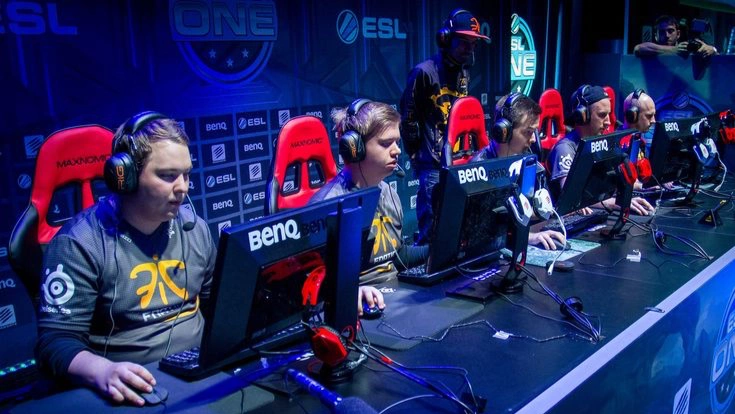
🏆 Club Format
The Club Championship awarded 27 million dollars to top-performing teams across multiple games. This format highlighted not only individual excellence but also organizational strength, versatility, and long-term stability.
🌐 Geopolitics and Future Legacy
EWC 2025 was part of Saudi Arabia’s Vision 2030 strategy to expand its gaming and sports ecosystem. The event reinforced the nation’s role as a global hub for entertainment and esports. Future initiatives include the Esports Nations Cup and even the Olympic Esports Games, marking the long-term growth of competitive gaming.
Black Friday began as a purely American tradition of offline shopping, but today it has transformed into a global digital event. Millions of shoppers around the world now participate without leaving their homes, as online platforms set new standards for commerce.
From the streets to the internet
In the past, Black Friday was associated with long lines at malls, tents outside stores overnight, and chaos at the checkout counters. Today, however, most of the sales have shifted online. This has made the event far more accessible: now anyone with a smartphone or laptop can take part, no matter where they live.
Growth of online sales
Each year statistics show a rise in online activity. Shoppers prefer ordering goods online to avoid crowds and have purchases delivered directly to their homes. Market leaders such as Amazon, eBay, and Walmart dominate, but local companies are also joining the trend.
Cyber Monday and new formats
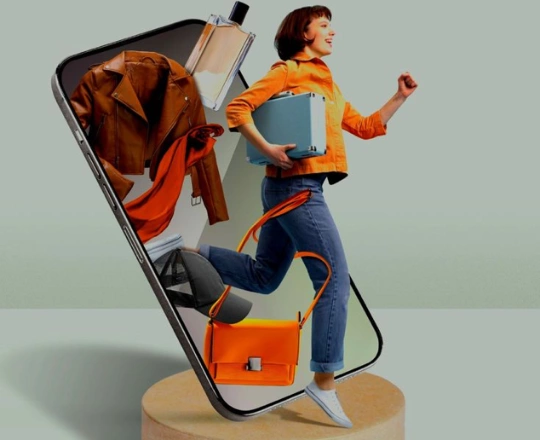
Following Black Friday came another format — Cyber Monday, which was originally dedicated solely to online shopping. Today, the two events have merged into a marathon of sales lasting nearly a week. Many retailers even launch “Black Week” or “Black Month,” extending discounts over longer periods.
Technology and personalization
Modern technology is radically changing the shopping experience. Algorithms now offer personalized discounts to each user, while apps track price changes in real time. Artificial intelligence helps retailers forecast demand and manage logistics, while helping consumers find the best deals.
The environmental aspect

However, the growth of online shopping raises new concerns. Mass delivery contributes to a higher carbon footprint, and the surge in product returns puts pressure on recycling systems. Calls for conscious consumption are becoming louder, encouraging people to buy only what they truly need.
Conclusion
Black Friday has evolved from a local American shopping day into a global digital event. Today it is not just about discounts, but also about the future of commerce: online technologies, personalization, and the search for balance between savings and responsible consumption.
World Smile Day is celebrated annually on the first Friday of October. It was created in 1999 by Harvey Ball, the commercial artist who designed the famous yellow smiley face in 1963. While the smiley quickly became a worldwide symbol of cheerfulness, Harvey worried it was losing its meaning in the rush of commercialization. His solution was simple yet profound: dedicate one day each year to genuine acts of kindness and the spreading of smiles across the globe.
The Power of a Smile
A smile is a universal language that needs no translation. It transcends culture, age, and background, forming an instant human connection. Scientific studies show that smiling can reduce stress hormones, lower blood pressure, and boost mood by triggering the release of endorphins, serotonin, and dopamine. Smiling also has a ripple effect — when you smile, people around you are more likely to smile back, creating a chain reaction of positivity.
Even small, genuine smiles can change someone’s day. They can make strangers feel welcome, turn tense moments into friendly ones, and offer comfort without a single word.
How the Day is Celebrated
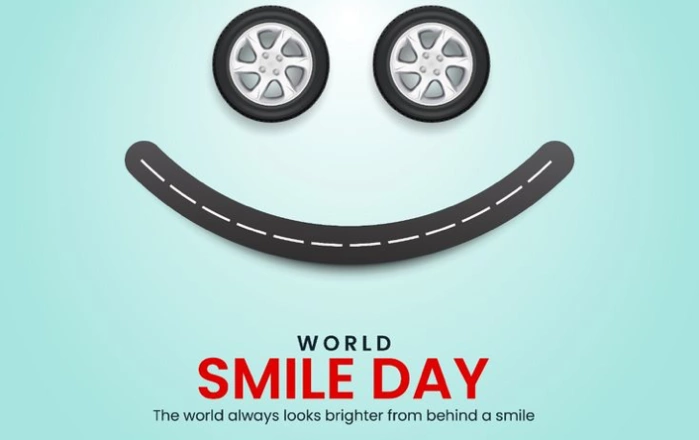
On World Smile Day, people are encouraged to do something kind for someone else, no matter how small. It might mean holding the door for a stranger, offering a compliment, helping someone carry groceries, or sending a thoughtful message. Schools and workplaces often organize creative activities — like smile challenges, thank-you card projects, or charity fundraisers — to spread joy within their communities.
Charities and non-profit organizations also use the occasion to raise awareness and funds for important causes. In doing so, World Smile Day becomes more than a feel-good event — it becomes a vehicle for real change.
Why It Matters
In a fast-paced world where stress, conflict, and negative news dominate the headlines, World Smile Day serves as a gentle reminder: kindness and human connection are still within our control. A smile may seem small, but it can spark meaningful interactions, inspire generosity, and lift the spirits of both the giver and the receiver.
Harvey Ball once said, “The smiley face knows no politics, no geography, and no religion.” In other words, kindness is for everyone, everywhere.
Ways to Celebrate World Smile Day

- Smile at at least five strangers and notice their reaction.
- Write a kind note or message to someone you appreciate.
- Share uplifting content on social media.
- Volunteer for a community project or make a charitable donation.
- Tell a funny story or joke to make someone laugh.
- Spend time with someone who might be lonely or going through a difficult time.
A Lasting Legacy
The beauty of World Smile Day is that it doesn’t require big gestures or expensive gifts — just a willingness to brighten someone’s day. A smile costs nothing but can be worth everything to the person who receives it.
This first Friday of October, take the challenge to perform at least one act of kindness. Share your smile freely, and you may find that the world smiles back at you.
Formula 1 has always been a showcase for cutting-edge technology. But by 2025, it’s no longer just about horsepower — it's about processing power. Grand Prix weekends have become live tech labs, where AI, real-time analytics, and virtual simulations decide outcomes as much as driver skill.
AI Takes Over Strategy
Artificial intelligence is now the silent strategist. Teams use AI to simulate countless race scenarios, predict weather patterns, analyze tire wear, and adjust pit strategies — all in real time. In fact, some teams now let AI suggest or even decide race strategy without human input.
At the 2025 Australian GP, several teams instantly changed strategy seconds before a light drizzle — based solely on AI calculations. The result: crucial positions gained.
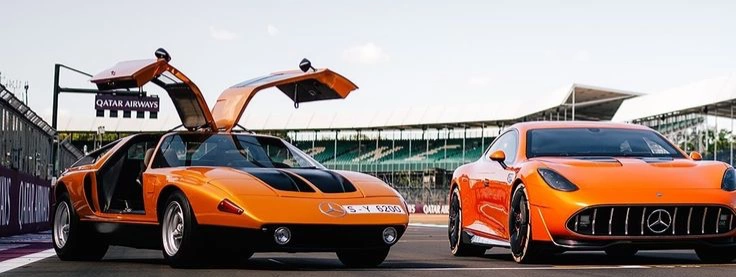
Enhanced Telemetry and Real-Time Feedback
Modern F1 cars feature over 400 sensors tracking everything from brake heat to suspension flex to driver fatigue. Data is processed by neural networks that adjust vehicle settings live or provide insights to race engineers.
Telemetry used to be post-race analysis. Now, it's a race-defining tool, lap by lap.
Digital Twins and Simulation Workflows
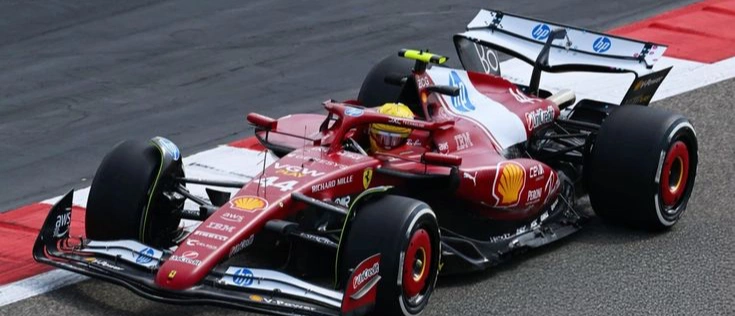
Teams now create digital twins — exact virtual replicas of their race cars. These are fed with real-world data and used to run full race simulations before the car hits the actual track.
By the time the team arrives on Friday, they already know the optimal setup and predicted scenarios. It saves time, reduces wear, and boosts precision.
Helmet Interfaces and Driver Feedback
The modern F1 helmet is a command center. In 2025, drivers use visor-integrated holographic displays for tactical info. They receive visual alerts and strategy cues without glancing at steering wheel screens.
Voice commands have also evolved. The AI can understand natural speech and respond instantly — acting almost like a co-pilot in the car.
Formula 1: A Digital Motorsport
Technology is no longer a supplement — it's a core component. Formula 1 in 2025 is a blend of human performance, machine precision, and artificial intelligence. And it’s just the beginning. In the next few years, expect deeper integration of biometrics, brain-computer interfaces, and predictive maintenance systems.
This is the future of racing — and it’s already happening.